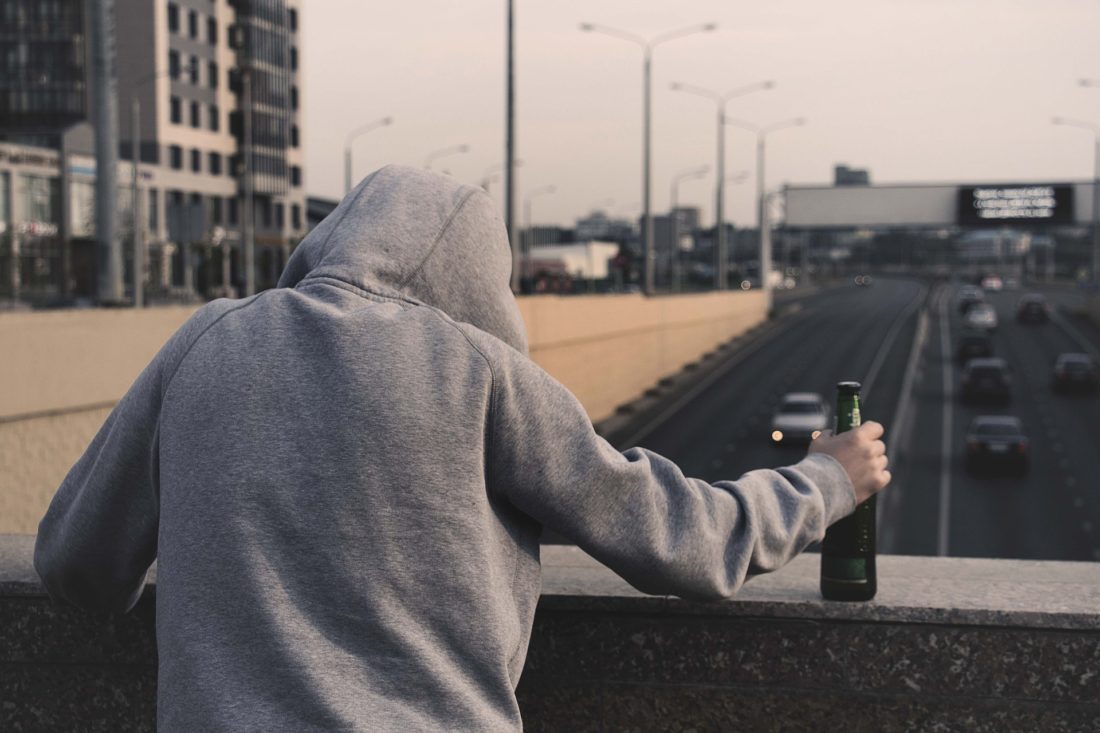5 Drug and Alcohol Statistics Parents Should Know

All parents want their kids to be safe and make smart choices for their future. However, not all parents are aware of the daunting drug and alcohol statistics regarding their youth. Kids are very good at hiding things from their parents, and you may never know some of their secrets.
That’s why it’s important to be informed about the drug or alcohol abuse happening in your child’s schools and neighborhoods. They might stay far away from that behavior, but if they get involved, early intervention is key to helping them get their lives back on track.
Here are some things you should know about teen alcohol and drug abuse.
1. An estimated 1.3 million kids in the United States ages 12 to 17 were addicted to a substance.
This statistic comes from a Substance Abuse and Mental Health Services Administration (SAMHSA) report published in 2015. The numbers have likely increased over the last few years, but they have not been measured yet.
To add to this finding, the National Institute on Drug Abuse discovered that 50 percent of teens are using illicit drugs and 63 percent have tried alcohol, even if it doesn’t lead to an addiction.
Unfortunately, this causes problems not only with school and social lives, but also with mental health. About 10 percent of youth in this age group have experienced depression, and substance abuse is often a factor.
2. Some kids begin using drugs at age 11 or younger.
Although most kids who experiment with substance abuse are above the age of 12, some are much younger. Older kids might offer it to them, or they might find it in the home.
The earlier kids become involved with drugs, the worse their drug involvement will be in the future. Most kids who begin abusing drugs below the age of 12 will develop an addiction and mental health disorders because the drugs damage their developing brains.
This underscores the importance of talking to your children about drugs early on. It’s never too early to bring up the subject, and your involvement in their lives from an early age can make all the difference.
3. 16 percent of young adults aged 18-25 struggle with addiction.
This statistic comes from research done by Resurgence Behavioral Health, a drug and alcohol rehabilitation center in California. This clearly shows how addictive drugs can be. Most young adults won’t use just once and never touch it again.
Of those adults, most started as young teenagers, and they have a habit that makes it difficult for them to get out of the addiction trap.
During the ages of 18-25, you want your kids to be attending college, getting a good job, dating around, and experiencing life to the fullest. It’s hard for them to gain that experience if they developed a drug addiction early on.
4. Most adults (of any age) addicted to drugs and alcohol started abusing substances as teenagers.
In fact, more research from SAMHSA shows that 74 percent of adults were abusing substances before their 17th birthday.
The ability to live a happy, healthy, productive life often starts in the teen years. It’s important to talk to your kids about drugs and alcohol to help them avoid decisions and possibly addictions that could forever alter their lifestyles.
5. Alcohol is the most common substance used by teens.
Along with the 63 percent who have had alcohol before, 23 percent say they’ve had a drink before eighth grade, and nine percent of eighth graders say they’ve been drunk before.
Unfortunately, kids struggle with having “just one.” Binge drinking is a major problem, particularly among high school and college students. One in 25 in this age group report having more than 15 drinks in one sitting.
The risks of binge drinking, particularly for teenagers, are high. It can result in alcohol poisoning, accidental injuries or death, unprotected sex, suicide, drunk driving, violence, depression, increased-risk for addiction, and brain damage.
As parents, it’s our responsibility to intervene before substance abuse gets out of hand. Along with developmental damages and mental health disorders, drug and alcohol addiction can derail a teenager’s life.
Provide a safe place for teens to detox from alcohol and drugs. Getting them talking is the first step to getting treatment. Your involvement will make all the difference in their lives going forward.









